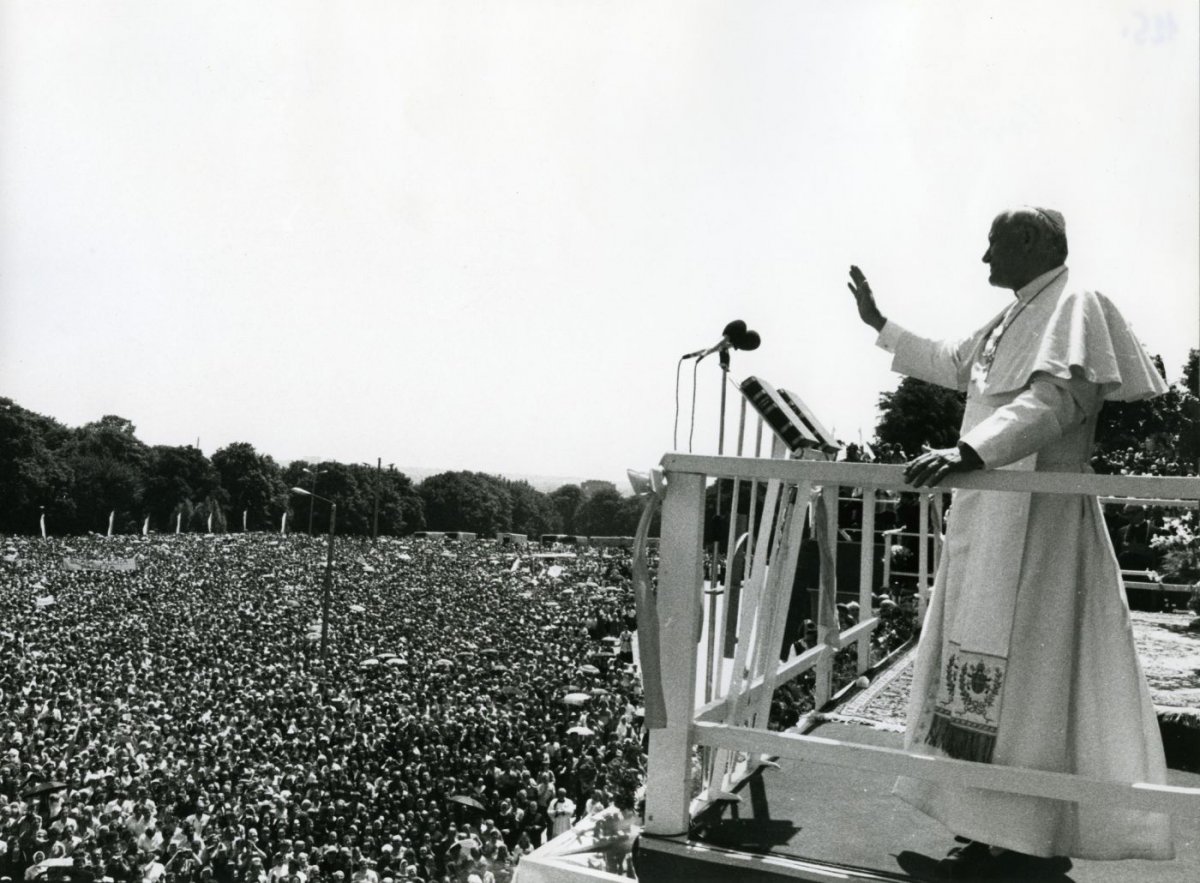The recent months, most notably in the wake of the murder of George Floyd, have been the occasion of widespread civil unrest in the United States. The combination of an economic crisis, a pandemic, and a long cultural history of racial bias and violence in the context of policing have come together to produce mass protests across the country—protests that have in many cases spun off into days and weeks of riots and looting. This question of how we ought to regard mass protests is not a new one, but it is now acute: those charged with quelling violence and protecting legitimate protest are simultaneously the agents being protested. And absolutely everyone has an opinion, often based on fragmentary and partial iPhone videos. Who watches the watchmen? Apparently all of Twitter.
Three interlocking groups appear together, and to speak sensibly we need to distinguish them: protesters, rioters, and looters. I have no interest in defending looters, and only a qualified interest in defending rioters, but insofar as protesters appear in the same place and time as the other two, we need to face the question: Must peace be established before justice? What is the ordering of justice and peace?
We will turn to the Swabian peasants momentarily, but first to the nature of justice itself. According to Hutchinson’s reading of Luther, the most direct need was not to address the questions of justice, but of peace, for whatever polity the Swabian peasants represented, it was not justice but a mob rule.[1] Luther is sympathetic to the abuses suffered by the peasants at this point, though later that year, in his infamous Against the Robbing and Murdering Hordes, he will not be so charitable in his estimation. In the Admonition to Peace, Luther is suasive in his tone, emphasizing restraint and reconciliation, but by May 1525, the primary emphasis is on the lack of submission of the peasants to the clear social ordering of God.
Against the context of the Reformation, the Swabian peasants appeared to be an upheaval, not only of society but of the Reformation itself; the Swabian demands for self-organization, supported by none other than the radical Thomas Müntzer, flew in the face of the modest reforms Luther himself supported, but also in the face of a hierarchical social structure in which the peasant estates supported the nobility. Early demands in The Admonition to Peace were denied, and gave way to organized violence, as the peasants had expanded to include nearly forty towns. The final straw, which occasioned Luther’s more explosive work, was the Weinsberg Massacre, in which seventy nobility were executed.
The emphasis on order in Luther rings out most clearly in the latter document when, in delineating the sins of the peasants, he organizes his criticisms not according to justice (as he had in the Admonition), but according to order. Gone is the appeal for the peasants against “economic injustices” and the scathing criticism of the temporal rulers who “do nothing but cheat and rob the people.” Now he accuses the peasants of betraying their baptism by violating their oaths of submission to their rulers. This primary sin of interior dissention against the rulers has led to open rebellion and finally to the establishment of an alternate order. The rebels, Luther writes, “take oaths and submit to them and compel people to go along with them in these abominations.” The eclipse of the language of justice by the language of order is telling, in that it appears that for Luther the claims of the peasant can only be just insofar as they are orderly—and possibly not even then. “Justice” in this appeal, as Hutchinson uses it, is an appeal to “a state of affairs in which everyone has what he deserves,” which is in truth what the peasants desire. In order to instantiate this distributive justice—for the peasants to get relief from the tyranny of their rulers—order must be restored, but not just any order. If the peasants take oaths among themselves, this may be order, but for Luther it is a kind of anti-polity, an inverted parody of polity. It will not do.
Luther’s transition between the two documents brings him to a place where justice simply is the restoration of order according to the preexisting hierarchy of society. This is a problem in three ways. First, by most accounts prior to Luther, this is a wildly deficient vision of justice. In Aquinas, for example, justice is not simply the restoration of estates or the preservation of order, but the cultivation of both commutative justice (“people rendering what they owe each other, both in buying and selling and in restitution for injury”) but also distributive justice (“people getting what they need and ought to have from the community and based on their role in the community”). In this way, all members of a society were subject to the natural law and called to embody the fullness of justice as a virtue. If this account is flattened into justice as order, that creates a two-tier form of justice in which some are metaphysically under a different rubric of justice than others: some are simply to command, and some to obey. Whereas Luther rightly rails against the violation of justice in Admonition—for only in a world where all within their estates are just can society be preserved—in Murdering Hordes, he flattens this vision of justice in service of stability.
Hutchinson wants to rescue Luther here by saying that order must be restored to establish justice. This is true in the Admonition, at least to a degree, but by the time of the Murdering Hordes, it seems rather that Luther simply and deficiently reduces all justice-talk into law and order. As an Augustinian monk, Luther should have known better, for it was none other than Augustine who defined a well-ordered but unjust society as no better than piracy or a well-disguised anarchy:
Remove justice, and what are kingdoms but gangs of criminals on a large scale? What are criminal gangs but petty kingdoms? A gang is a group of men under the command of a leader, bound by a compact of association, in which the plunder is divided according to an agreed convention.
Order and justice do not work sequentially: we do not believe in an account of polity-founding where a state of exception is decided by a strong ruler—an order irrespective of justice, preceding justice—following which justice may be meted out. Rather, order and justice are intertwined, for a society with order but without redress is only a criminal organization, and justice cannot be founded on injustice. As such, rebellion against this unjust situation—a situation Luther recognized as unjust!—is simply exposing the society for what it already, at least in part, was: an arrangement rooted not in justice but in “agreed convention” of power. The rulers, as Luther recognized in Admonition, were violating their shared justice with the people, failing to pursue the common good, not only by refusing to keep their obligations to the people, and by unjust taxation, but by refusing the people the right to call a pastor to minister to them. What the people sought was instantiation of a true social ordering according to the gospel, and not merely to shake off the nobility as such; when the nobility refused to operate according to justice, the rebellion simply revealed the nobility to have established a disordered society.
Order and justice do not work sequentially… Rather, order and justice are intertwined, for a society with order but without redress is only a criminal organization, and justice cannot be founded on injustice.
At this point, we must say that not all dissent is created equal; refusing to pay taxes to a tyrannical ruler is different from plundering castles, burning peasant huts and crops, and destroying monasteries. Likewise, civic protests, boycotts, sit-ins, and occupations of buildings are different from looting.
Is it better to have order than anarchy? Perhaps, but answering this in the affirmative for Luther meant being willing for some (the peasants) to perpetually bear the anarchy and disorder of others (the ruling class) so that surface order might exist. In this, it was the nobility who betrayed the Christian vision of all members co-suffering together, that all might flourish, a vision that the peasants explicitly state they are trying to bring about.
[1] Müntzer’s role in the uprisings remains the subject of controversy. See Tom Scott, Thomas Müntzer: Theology and Revolution in the German Reformation (London: Macmillan, 1989).





